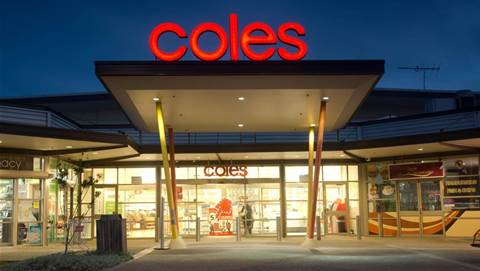Loyalty programs can change the way consumers spend their money, prompting them to spend more with that brand a new report noted.

The recently published McKinsey Australian Consumer Loyalty survey highlighted that 60 percent of consumers would increase their purchasing frequency, choose their organisation over competitors, be more willing to recommend the brand to others, or be more willing to pay a premium for loyalty points or enhanced loyalty status.
Those loyalty programs that offer better rewards, are more personable are four times more likely to see these benefits compared to their competitors, the report noted.
Consumers were 10 percent more likely to shop with an organisation with a top loyalty program, 14 percent more likely to increase frequency of purchases, and 12 percent more likely to recommend the brand to others, when compared with results for bottom quartile programs.
Further, the authors of the report said that organisations with top loyalty programs saw 44 percent more consumers reporting an increase in spend during the COVID-19 pandemic, with retention up to four times higher than for organisations with lower-performing loyalty programs.
The authors said, “High-performing loyalty programs have real potential to offset the challenges confronting consumer-facing organisations in the wake of a highly uncertain macroeconomic environment.”
“Organisations with top loyalty programs can expect higher sales and greater bang for their customer acquisition bucks, with customers enrolled in these programs spending more, churning less, and demonstrating a greater willingness to recommend their favoured brands to others.”
Grocery and retail brands are seeing the best engagement with their loyalty programs, the report highlighted.
The authors said, “Grocery and retail loyalty programs were the most frequently used, with 70 percent of consumers reporting using their grocery loyalty program almost every time they shop. In contrast, airline loyalty programs saw the lowest engagement from consumers, with almost 50 percent reporting rarely or never using their loyalty program.”
Consumers most want to save points for a big reward or redeem products from the brand or its partners however, gamification could present a new opportunity for organisations.
The authors said gamification demonstrated the value of an exciting user experience for consumers and a clear opportunity for organisations looking to invest in their loyalty programs.
However, consumer optimism is falling the McKinsey report noted, with consumers reducing spending across most categories and showing a growing willingness to switch products, brands, and channels in search of better value. These changes have been heightened by the macroeconomic environment, with supply chain disruptions limiting on-shelf availability in retail and rising inflation creating new cost-of-living challenges.
The authors said, “This decline in loyalty has been seen at every income level, with consumers with the highest incomes, those earning more than $125,000, found to be the most likely to switch between retailers.”





.png&h=140&w=231&c=1&s=0)





 Digital NSW 2025 Showcase
Digital NSW 2025 Showcase












_(1).jpg&h=140&w=231&c=1&s=0)



